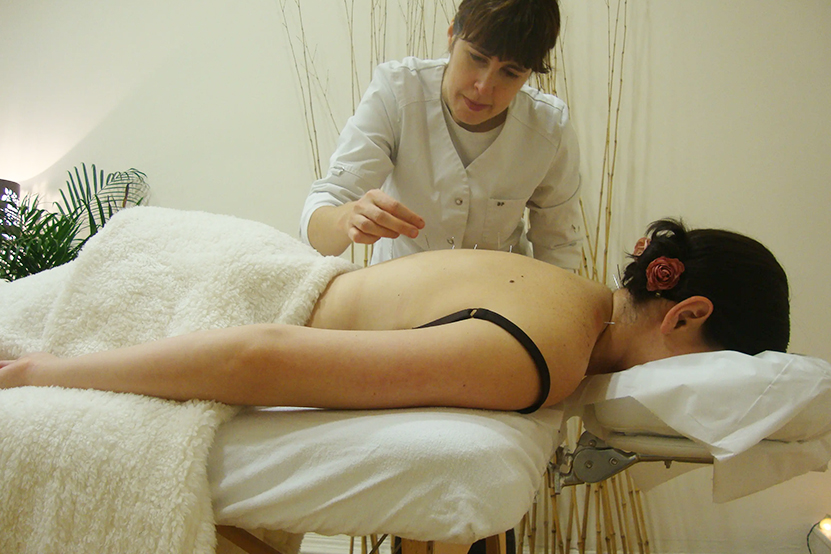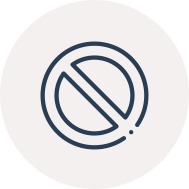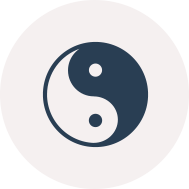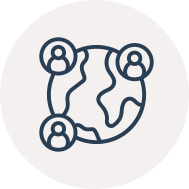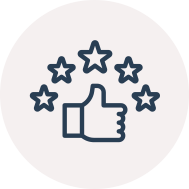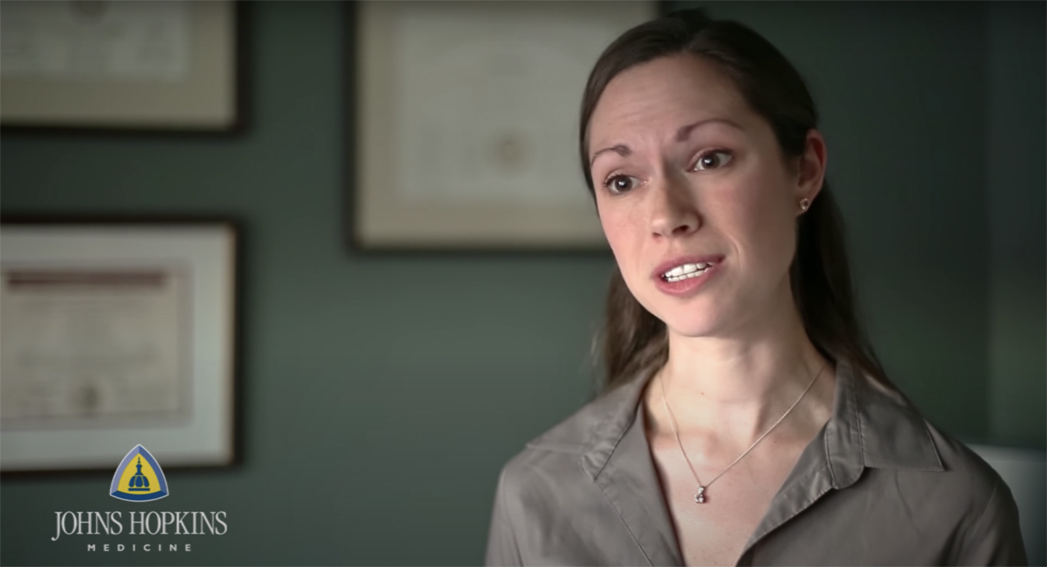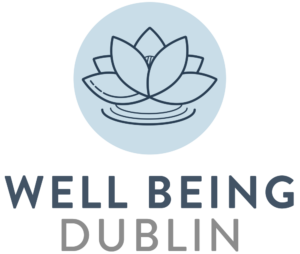Once you make contact with Anne, she will answer whatever inquiries you might have to make sure that you have all the information you need, to make the decision to start your health journey using herbal medicine, (or acupuncture/ stand-alone naturopathy the other modalities used at Well Being Dublin).
Upon booking your appointment, you will receive a confirmation email with a link to your new patient paperwork.
A first visit typically takes approximately one and a half hours. During the comprehensive consultation, Anne will ask questions about the particular issue you’d like to address and about your overall health.
In your first treatment, Anne will also carry out the initial examination which includes observation of your tongue and Traditional Chinese Medicine pulse analysis.
Appropriate palpation (i.e. touch for diagnostic means) may occur where necessary and with consent. An example of this may be where Anne carefully pressed into areas on the shoulder to assist a client in identifying a specific shoulder zone prohibiting full range of motion.
After the assessment is done the treatment proceeds. You’ll be advised on how you need to be position yourself on the comfortable acupuncture table for the treatment. Anne will step out to allow you to change and get settled under the sheet or sheet and blanket.
In most cases you will be fully clothed, with just the request to make small alterations on the positioning of your clothing – such as rolling up trousers to under the knee or undressing to expose an area of weakness for correct acupuncture needle placement.
The highest consideration is extended towards clients for consensual, appropriate and respectful interactions during body work and careful draping is always used to facilitate client comfort, safety and trust.
Anne will be using an individualised acupuncture point prescription, which will typically include 6 to 8 sets of points; many of which are located below the elbows & knees. Other common areas of the body where acupuncture is performed include the abdomen and back.
Once all the needles are positioned, you will be left to relax for 20-40 mins.
Anne may quietly return so as not to disturb your relaxation and gently stimulate the needles briefly or add in other modalities such as moxa or a heat lamp as appropriate to your case.
While you are resting in the cosy, comfortable spa like environment, Anne will be in the room just opposite to you close by, writing up her notes for your session, preparing your handout or making your herbal medicine, if it had been requested when booking in for acupuncture.
Should you need Anne for anything, for example to adjust your pillow and enhance your comfort or reposition a needle, she is within easy hearing distance and available to be back in to you straight away.
Once the treatment is complete, the needles will be removed and disposed of and you will be ready to depart.
Anne works with just one client per visit during the allocated appointment for optimum client comfort, safety and care. (Some acupuncturists, just fyi for comparative purposes, chose to see up to 3 or more clients at overlapping staggered times, in adjoining rooms).
If you would like to find out whether acupuncture or any other natural treatment therapy offered at Well Being Dublin can help yourself,,a loved one, friend or family member you’re welcome to phone for a no-obligation chat at 087 624 9555 or email [email protected].
The Well Being Dublin clinic does not offer fertility or pregnancy support and works with clients from age 15 and upwards.

